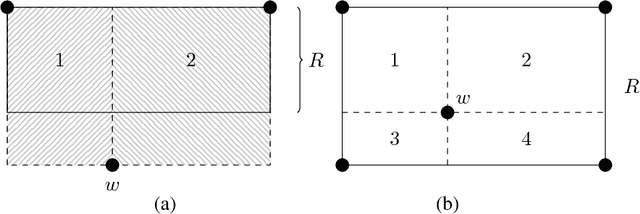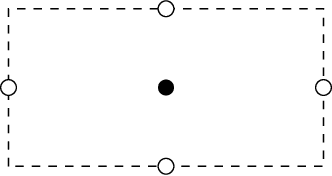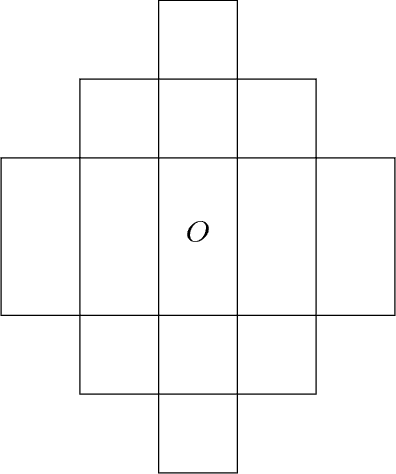Ziyuan Gao
MDAS-GNN: Multi-Dimensional Spatiotemporal GNN with Spatial Diffusion for Urban Traffic Risk Forecasting
Oct 31, 2025Abstract:Traffic accidents represent a critical public health challenge, claiming over 1.35 million lives annually worldwide. Traditional accident prediction models treat road segments independently, failing to capture complex spatial relationships and temporal dependencies in urban transportation networks. This study develops MDAS-GNN, a Multi-Dimensional Attention-based Spatial-diffusion Graph Neural Network integrating three core risk dimensions: traffic safety, infrastructure, and environmental risk. The framework employs feature-specific spatial diffusion mechanisms and multi-head temporal attention to capture dependencies across different time horizons. Evaluated on UK Department for Transport accident data across Central London, South Manchester, and SE Birmingham, MDASGNN achieves superior performance compared to established baseline methods. The model maintains consistently low prediction errors across short, medium, and long-term periods, with particular strength in long-term forecasting. Ablation studies confirm that integrated multi-dimensional features outperform singlefeature approaches, reducing prediction errors by up to 40%. This framework provides civil engineers and urban planners with advanced predictive capabilities for transportation infrastructure design, enabling data-driven decisions for road network optimization, infrastructure resource improvements, and strategic safety interventions in urban development projects.
Preference-based Teaching
Feb 08, 2017



Abstract:We introduce a new model of teaching named "preference-based teaching" and a corresponding complexity parameter---the preference-based teaching dimension (PBTD)---representing the worst-case number of examples needed to teach any concept in a given concept class. Although the PBTD coincides with the well-known recursive teaching dimension (RTD) on finite classes, it is radically different on infinite ones: the RTD becomes infinite already for trivial infinite classes (such as half-intervals) whereas the PBTD evaluates to reasonably small values for a wide collection of infinite classes including classes consisting of so-called closed sets w.r.t. a given closure operator, including various classes related to linear sets over $\mathbb{N}_0$ (whose RTD had been studied quite recently) and including the class of Euclidean half-spaces. On top of presenting these concrete results, we provide the reader with a theoretical framework (of a combinatorial flavor) which helps to derive bounds on the PBTD.
Combining Models of Approximation with Partial Learning
Jul 23, 2015
Abstract:In Gold's framework of inductive inference, the model of partial learning requires the learner to output exactly one correct index for the target object and only the target object infinitely often. Since infinitely many of the learner's hypotheses may be incorrect, it is not obvious whether a partial learner can be modifed to "approximate" the target object. Fulk and Jain (Approximate inference and scientific method. Information and Computation 114(2):179--191, 1994) introduced a model of approximate learning of recursive functions. The present work extends their research and solves an open problem of Fulk and Jain by showing that there is a learner which approximates and partially identifies every recursive function by outputting a sequence of hypotheses which, in addition, are also almost all finite variants of the target function. The subsequent study is dedicated to the question how these findings generalise to the learning of r.e. languages from positive data. Here three variants of approximate learning will be introduced and investigated with respect to the question whether they can be combined with partial learning. Following the line of Fulk and Jain's research, further investigations provide conditions under which partial language learners can eventually output only finite variants of the target language. The combinabilities of other partial learning criteria will also be briefly studied.
 Add to Chrome
Add to Chrome Add to Firefox
Add to Firefox Add to Edge
Add to Edge